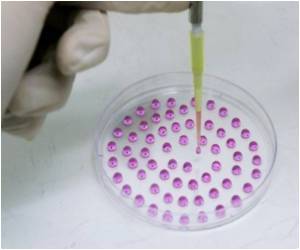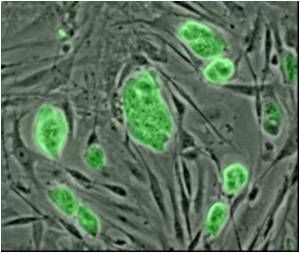
Mutations in Sox10 are associated with Waardenburg syndrome - a rare inherited condition causing deafness and reduced hair, skin and eye pigment - and Hirschsprung's disease, which occurs as a result of incomplete development of nerves in the large intestine and leads to severe digestive problems.
"Often when you produce stem cells in the lab, you want them to take on a particular set of characteristics - say, those of a nerve cell. But it can be really difficult to get 100 pc of cells that are the same - there are often a significant minority of cells with other characteristics. We think this might be because inside an animal it is crucial that stem cells generate the right numbers of the right types of cells and in the right locations, and there are mechanisms that ensure this is the case," said Kelsh.
"Encouraging a cell down one route in the lab may well trigger activation of these balancing mechanisms, and thus act to limit the proportion of cells that go down this route. For this reason, understanding the mechanisms generating this balance is crucial," he added.
Kelsh and his team have used Zebrafish to study one of these intermediate stages in a developing organism and not just in a petri dish.
They have discovered that Sox10 helps to coordinate the discussion between neighbouring stem cells to ensure that a balance is struck, and all cell-types are represented in the right proportions.
Advertisement
The finding is being presented at the UK National Stem Cell Network annual science conference.
Advertisement










